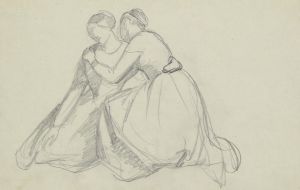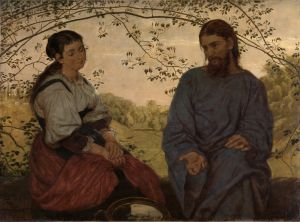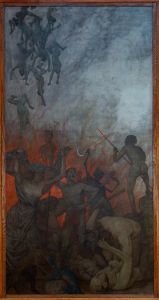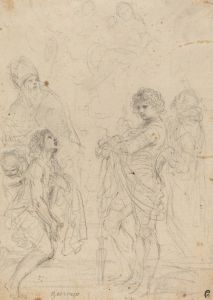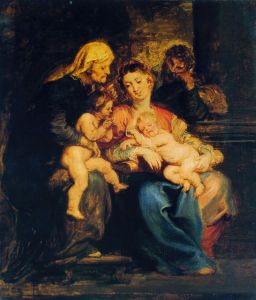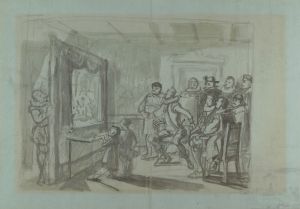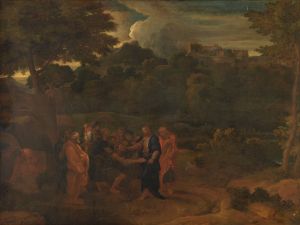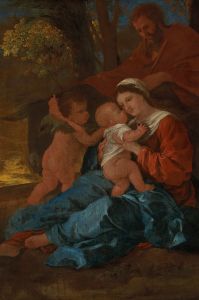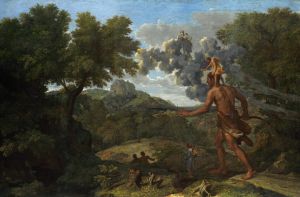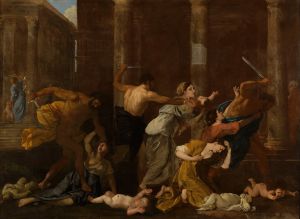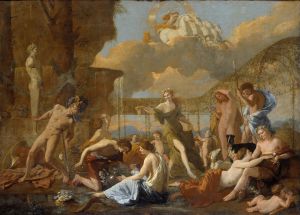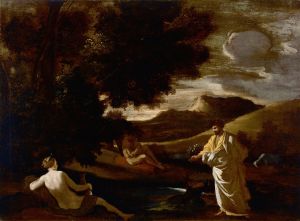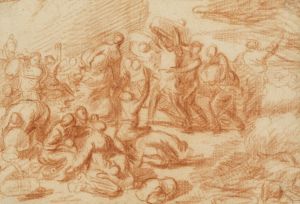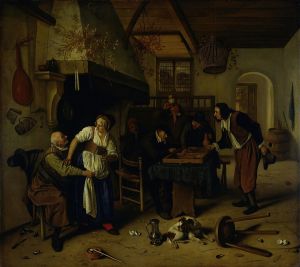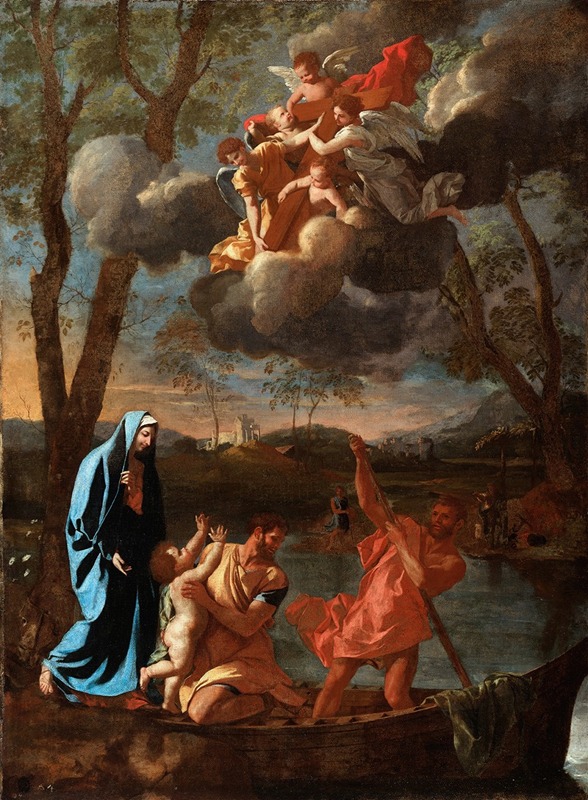
The Return of the Holy Family to Nazareth
A hand-painted replica of Nicolas Poussin’s masterpiece The Return of the Holy Family to Nazareth, meticulously crafted by professional artists to capture the true essence of the original. Each piece is created with museum-quality canvas and rare mineral pigments, carefully painted by experienced artists with delicate brushstrokes and rich, layered colors to perfectly recreate the texture of the original artwork. Unlike machine-printed reproductions, this hand-painted version brings the painting to life, infused with the artist’s emotions and skill in every stroke. Whether for personal collection or home decoration, it instantly elevates the artistic atmosphere of any space.
Nicolas Poussin's The Return of the Holy Family to Nazareth is a painting attributed to the French Baroque artist, who is widely regarded as one of the most influential painters of the 17th century. Poussin is known for his classical style, characterized by clarity, order, and emotional restraint, often drawing inspiration from biblical, mythological, and historical themes. This particular work depicts the Holy Family—Jesus, Mary, and Joseph—returning to their home in Nazareth after their flight to Egypt, a story derived from the Gospel of Matthew in the New Testament.
The painting reflects Poussin's mastery of composition and his ability to convey narrative through visual elements. The figures are arranged in a harmonious and balanced manner, with a focus on the tender relationship between the family members. The use of light and shadow enhances the emotional tone of the scene, emphasizing the sense of peace and safety after their journey. Poussin's attention to detail is evident in the depiction of the figures' expressions, gestures, and clothing, which contribute to the overall sense of realism and humanity in the work.
As with many of Poussin's paintings, the landscape plays a significant role in the composition. The background features a serene and idealized natural setting, which serves to underscore the spiritual and symbolic aspects of the narrative. The careful arrangement of trees, hills, and architectural elements creates a sense of depth and perspective, drawing the viewer's eye into the scene.
The exact date of the painting's creation is not definitively known, but it is generally placed within Poussin's mature period, when he was living and working in Rome. During this time, Poussin developed his distinctive style, blending influences from the Italian Renaissance and classical antiquity with his own artistic vision. The painting is an example of Poussin's ability to combine religious themes with classical aesthetics, resulting in a work that is both spiritually profound and artistically refined.
The current location of The Return of the Holy Family to Nazareth is not universally agreed upon, as there are multiple versions and attributions of similar works by Poussin. Some versions are housed in private collections or museums, but the provenance and attribution of each piece can vary. Scholars continue to study Poussin's oeuvre to better understand his artistic legacy and the context of his works.
This painting remains an important example of Poussin's contribution to Baroque art and his enduring influence on Western painting.





